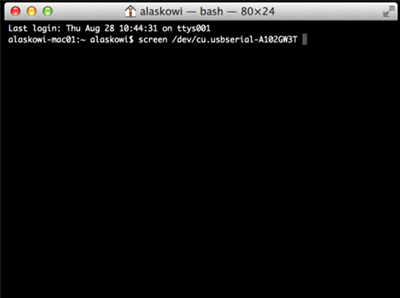


In the sidebar of Disk Utility, select the volume that you want to erase.If you're not erasing the volume your Mac started up from, you don't need to start up from macOS Recovery: just open Disk Utility from the Utilities folder of your Applications folder. If you want your Mac to be able to start up from the disk you erased, reinstall macOS on the disk.You might be asked to enter your Apple ID. Click Erase to begin erasing your disk and every container and volume within it.Disk Utility shows a compatible format by default.
#Mac erase process has failed couldn t unmount disk mac os#

Then select Disk Utility from the Utilities window and click Continue. Select the disk or volume in the list on the left panel. Click on the Erase tab (next to “First Aid”). Then follow the step by step tutorial below: On your Mac, go to Applications Utilities Disk Utility. Make sure the device can be detected by the machine. First off, connect your external hard drive to your Mac. There are 2 ways to really fix this problem. Disk Utility Error Message when formatting in MacBook Pro, iMac, Mac mini, Mac Pro, MacBook Air. For instance, some readers report receiving the message: “Secure Disk Erase Failed-Couldn’t Unmount Disk.” This happens in a few circumstances, but most of the time because you’re trying.


 0 kommentar(er)
0 kommentar(er)
